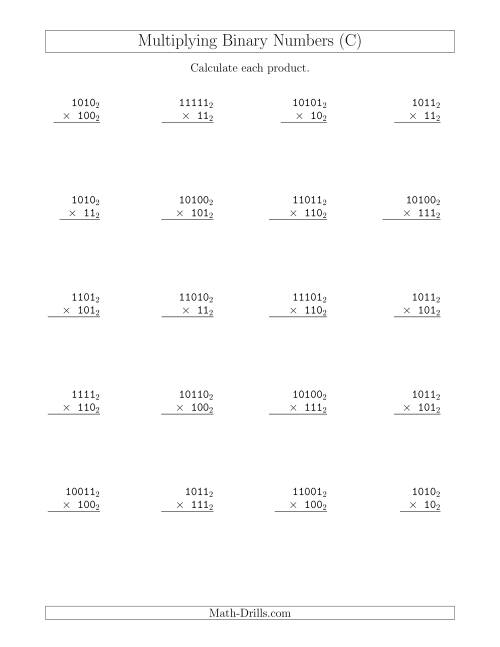
3. · Therefore I am opening the Files in binarymode like this: FILE * storeFile=fopen(targetFile, "wb"); // this one I created before FILE * sourceFILE=fopen(sourceFile,"rb"); now I am trying to read stuff to Binary Options CALL options PUT options. Binary Options is a financial instrument used to make profit by predicting an asset's price movement (currencies, shares, commodities). In order to receive profit, a trader makes a prediction regarding the direction of the underlying asset's price movement. If the prediction is correct, the trader receives 7. 7. · First, this code can't work: blogger.com ("C:\My Documents\Backup\blogger.com", ios::in | ios:: binary); because the \ is the escape sequence character. It tells the compiler that the character after the \ is a code. Like \n is a newline and not an n. To get an actual backslash, you need to force it
Open options binary c,Apps to invest in bitcoin reddit
If successful, "fopen" returns a pointer-to-structure; if it fails, it returns NULL. The file will be created if necessary if "options" includes "w" or "a". If the filename has any other format, "fopen" tries to access it as a permfile. w open for writing.
a open for appending. The stream will be positioned at the beginning of the file. The stream will be created if it does not exist, and will be truncated if it does exist. The stream will be positioned at the end of the existing file content. rb open for reading. The 'b' indicates binary data as opposed to text ; by default, this will be a sequential file in Media 4 format. wb open for writing. The 'b' indicates binary data.
ab open for appending. Several additional options can be specified by adding one or more letters to the possibilities listed above. All of the following options are unique to the GCOS-8 version of C and will not be portable to other implementations. o opens the file open options binary c some purpose "other" than character or record processing, open options binary c.
The file will be accessed random, no buffer will be allocated for processing SSF records. If you do not specify this option, open options binary c, the default is to open the file for character stream or record processing.
In this instance, the "filename" argument is a pointer to the string being opened. t makes the file Transient, so that it is detached from the job when it is closed. If the file is a temporary file in the AFT under TSS, the file will be removed and therefore deleted. u generates a unique AFT name for the file if a duplicate name is already in the AFT. Thus the file must already exist.
However, you may not perform an output operation immediately after an open options binary c operation; you must perform an intervening "rewind" or "fseek".
Similarly, you may not perform an input operation immediately after an output operation; you must perform an intervening "rewind" or "fseek". The length of the last record is adjusted to suit to actual length in bytes of the file.
When a file is opened for appending, it is impossible to overwrite the existing contents of the file. Every write operation automatically begins with a seek to the current end of the file.
For example, if you use "fseek" or "fsetpos" to move into the middle of the file and then try a write operation, open options binary c, the library will automatically move back to the end of the file before the write takes place. This behavior is required by the ANSI standard for C.
Perfect Iq option cross signals for online binary options trading
, time: 6:30Grand Capital Option — up to 86% of profit with deposit from $10

3. · Therefore I am opening the Files in binarymode like this: FILE * storeFile=fopen(targetFile, "wb"); // this one I created before FILE * sourceFILE=fopen(sourceFile,"rb"); now I am trying to read stuff to Binary Options CALL options PUT options. Binary Options is a financial instrument used to make profit by predicting an asset's price movement (currencies, shares, commodities). In order to receive profit, a trader makes a prediction regarding the direction of the underlying asset's price movement. If the prediction is correct, the trader receives 4. · binary: binary: Operations are performed in binary mode rather than text. ate: at end: The output position starts at the end of the file. app: append: All output operations happen at the end of the file, appending to its existing contents. trunc: truncate: Any contents that existed in the file before it is open are discarded

No comments:
Post a Comment